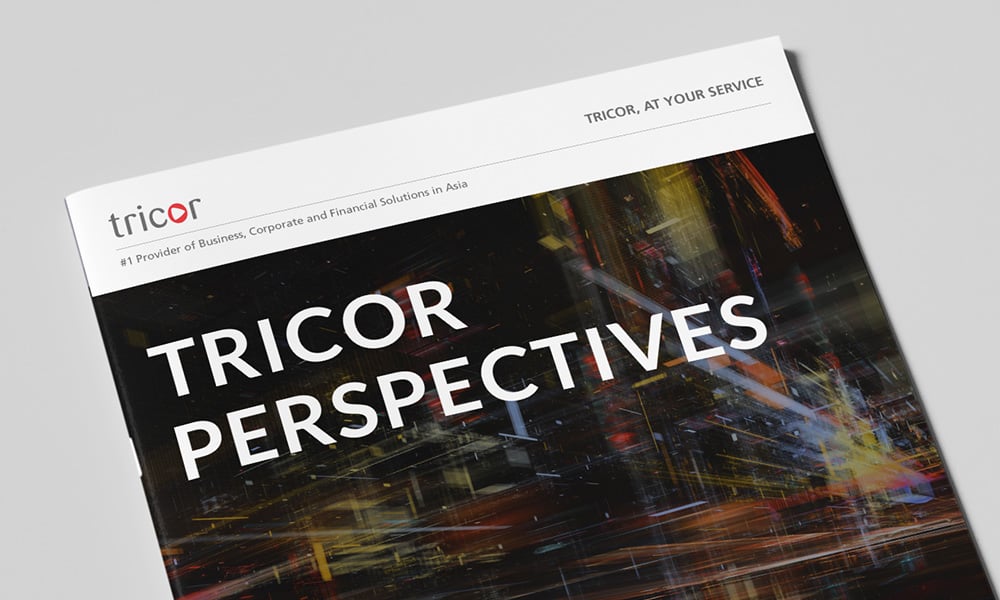In a growing digital age and with a pandemic pushing employees to work remotely, e-signatures will become a necessary tool for everyday businesses. Globally, there are also fewer and fewer instances where you will find a transaction with no digital element. With e-signatures becoming part of the everyday workflow, there are some considerations to be had regarding which forms are the safest, how they can serve your company needs best and their limitations.
The first e-signature was used in 1998 but has only become widely implement and accessible as of late e-signatures are pivotal in streamlining your business. It may seem like a small task to format, print, sign, scan and then send a contract. However, when having to perform this task on a regular basis, it can be tedious and time-consuming, not to mention if you have a second signee who requires a physical copy to be sent back and forth.
The beauty of the e-signatures is that they take minimal effort and far less time to complete. For example, board and shareholders' resolutions and minutes have traditionally been printed out and signed manually. Under the current pandemic, staff members, including management, are now working from home, and it is important to ensure that business continues as normal. It is applications like this where e-signatures will become commonplace in lieu of a wet signature, perhaps even becoming the standard after returning to shared office spaces. Here are some important points to consider.
Different Types of E-Signatures
Not all e-signatures are created equal. There are some nuances to consider when our documents and agreements exist online, with extra measures to help safeguard their integrity. Outlined below are 3 of the most popular forms of e-signatures, along with their uses, pros and cons.
|
Type |
Introduction |
Pros |
Cons |
|
Click-to-Sign Signatures Including but not limited to: |
These can appear in various forms, for example, a simple tick box, a scanned image of a previously handwritten signature, a name typed out or an e-squiggle. |
· Convenience · Speeds up the pace of business · Reduces costs
|
· Open to tampering · Can easily be copied and pasted from one document to another · No cryptographic protection to safeguard data transfers. · Security and traceability varies vastly depending on vendor |
|
Basic Electronic Signatures |
This involves the signee applying their hand-signature mark digitally, which is then bound with a cryptographic digital signature. This system ensures data integrity and prevents any unauthorised changes being made. |
· Bound by cryptographic signature · Often provides timestamp · Traceable |
· Not all service providers require users to verify their identity by registering before signing.
|
|
Advanced or Qualified E-Signature
Including but not limited to: |
By far, the most trustworthy form of e-signatures. Both these methods assign a unique key to every individual, linking the signee's identity directly to it and making the signature irrefutable. This method provides the highest level of assurance and is highly recommended as the standard form of digital signing.
|
· Bound by cryptographic signature · Provides timestamp · Requires users to verify their identity by registering before signing. · Traceable · Certificate is often issued depending on vendor |
· Higher costs involved |
Are E-Signatures Legally Binding?
This is often the first concern when it comes to e-signatures, and the answer is yes, for most users. While there are some exceptions, most governing bodies agree that an electronic signature carries just as much weight, if not more, than a document signed on pen and paper.
It provides more assurance than a wet signature because when it is done digitally, it often leaves a trace of data that can be observed. There have already been several cases in the world where judges have ruled in favour of the reliability of e-signature, solidifying them as a viable, legally binding method.
Can shareholders and directors sign resolutions electronically?
Pursuant to the Companies Ordinance (“CO”), company records may be kept in hard copy form or electronic form.
Does it mean that directors and shareholders' resolutions can be signed electronically?
Section 560 of CO provides that shareholders may return written resolution by electronic means if an electronic address is given in the proposed written resolution and as the CO only require the shareholders to indicate their agreement to the resolution rather than to "sign" the written resolution, a company can specify an electronic way for the members to signify their agreement pursuant to the guidance in the CO.
How about resolution of Directors? Can the same be signed electronically?
Unfortunately, there is no “deemed agreement” provision like section 560 in the CO regarding written resolution of directors, if there is no agreement from the company that document or information can be sent by electronic means, written resolutions of directors cannot be passed by electronic means if there is no specific provision in the articles. It is therefore important to review the company's articles of association, if there is no explicit provisions allowing directors’ resolutions to be signed and returned by electronic means, the company may need to modify its articles to ensure that such process is valid.
Are There Any Other Documents That Cannot Be Electronically Signed?
There are several documents that cannot use e-signatures, the Electronic Transactions Ordinance (“ETO”) has set out a list of documents that must instead use wet-ink signatures, here are some examples:
- Oaths and affidavits
- Power of attorney (the creation, execution, variation or revocation)
- Statutory declaration
- Instrument of transfer of shares (the making, execution or making and execution of an instrument which is required to be stamped or endorsed under the Stamp Duty Ordinance) by a member or any person becoming entitled to a share in consequence of the death, bankruptcy or liquidation of a member, or the power of attorney referred to in the company's articles of association.
Practical Considerations When Using E-Signatures
While e-signatures are legal in most countries, there may be some limitations when it comes to certain documentations. It is paramount to take precautions and fully understand where e-signature can be applied in your given country or business. There are 4 issues to consider when using e-signatures.
- Always be wary whether any e-signing restrictions apply to the document at hand, within your given country's jurisdiction. While certain countries have made e-signing legal, there may be restrictions with certain types of documents as stated above.
- Any parties involved with signing should ensure that their chosen e-signature system is secure and from a reputable company. Systems that use public or private key technology are highly preferred. This is because they can turn a paper-based signature into an electronic "fingerprint". This "fingerprint" cannot be replicated, changed without authorisation or tampered with, thereby ensuring its authenticity.
- When two parties are involved, agree on the procedures of signing in advance, for example, when using an e-signing system, assign which party will coordinate signing and who will send out the invitations to the other signatories. This helps to avoid any clerical confusion.
- Once documents have been signed, consider the best steps to keep the records safe afterwards. Choose an e-signature provider who can provide cloud services to keep record of all signings, and in addition, file hard copies internally for record keeping.
Electronic signatures will soon be an industry norm for global business. It pairs efficiency with a great sense of security for both parties involved. In a world where time is money, its spares businesses hours that would have been previously spent on organisation and administrative tasks. Furthermore, it provides a greener approach by saving on paper usage. The modern workforce will be able to sign documents on the go from their mobile devices with ease.







